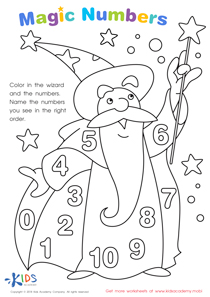Basic geometry understanding Extra Challenge Worksheets for Ages 4-6
4 filtered results
-
From - To
Introducing our "Basic Geometry Understanding Extra Challenge Worksheets" tailored for ages 4-6! These engaging worksheets are designed to enhance young learners’ geometric skills through exciting activities that promote critical thinking and creativity. Each worksheet features delightful illustrations and interactive exercises that help children recognize shapes, understand spatial relationships, and develop early math skills. Perfect for teachers and parents looking to supplement classroom learning, these challenges offer an enjoyable way to reinforce essential concepts in geometry. Explore the joy of learning with our carefully crafted materials, making math fun and accessible for little minds eager to discover the world of shapes!
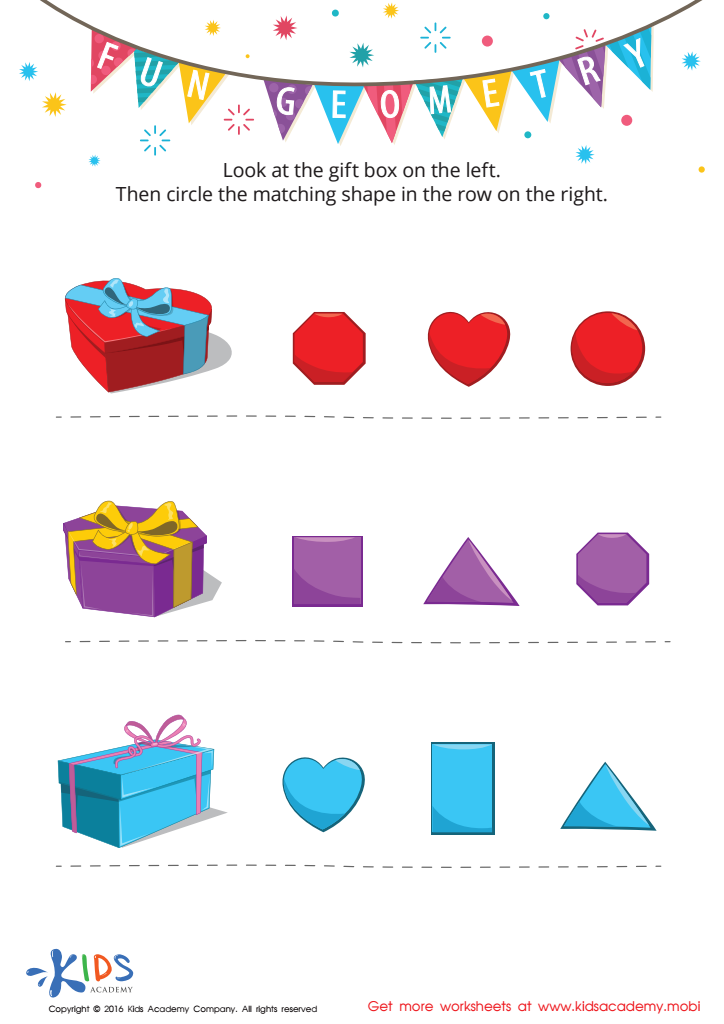

Fun Geometry Worksheet
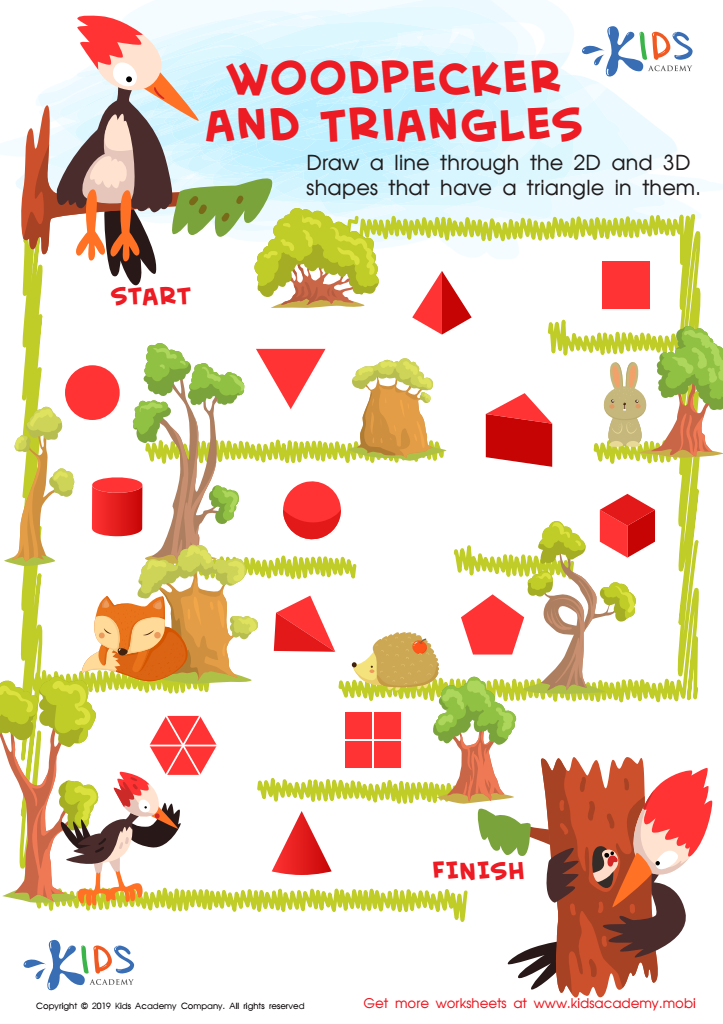

Woodpecker and Triangles Worksheet
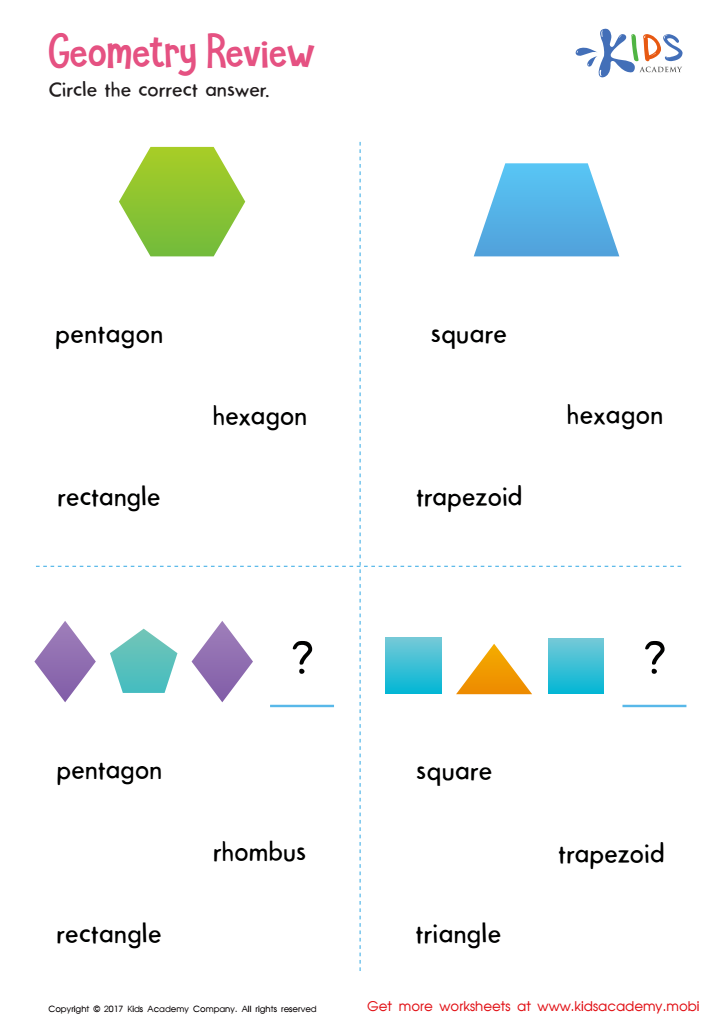

Geometry Review Printable


Classifying by Size Sorting Worksheet
Understanding basic geometry is crucial for young learners aged 4-6 as it lays the foundation for critical thinking and problem-solving skills. At this age, children are naturally curious, and introducing them to geometric concepts helps nurture that curiosity through hands-on experiences. Mastering shapes, spatial awareness, and the relationships between them enhances cognitive development and can significantly impact a child's academic journey.
Geometry stimulates visual-spatial intelligence, which is essential not just in math, but in fields like art, engineering, and physics later in life. When parents and teachers engage young children with geometry through games and interactive activities, they make learning fun and relatable, deepening comprehension. Furthermore, geometry enhances language skills as children learn to articulate about shapes and their properties, contributing to better communication overall.
By fostering an environment where geometry is valued, parents and teachers are also preparing children for future academic success. Early exposure to these concepts can aid in smoother transitions into more advanced mathematical concepts in later grades. In essence, investing time into basic geometry helps build a solid foundation for lifelong learning and skills, thus, making it an essential activity for young learners.
 Assign to My Students
Assign to My Students




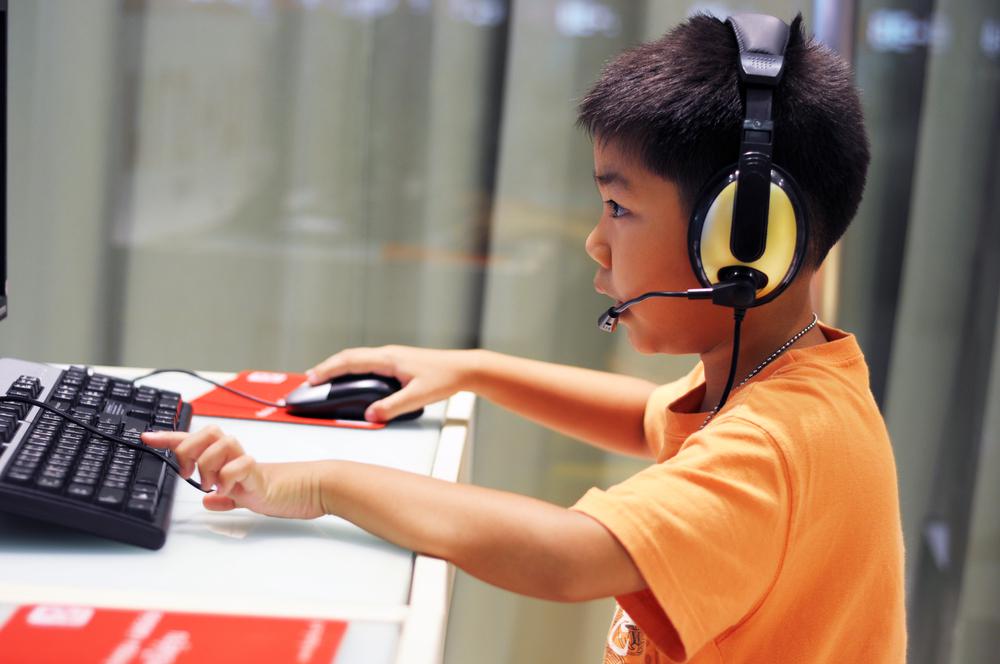
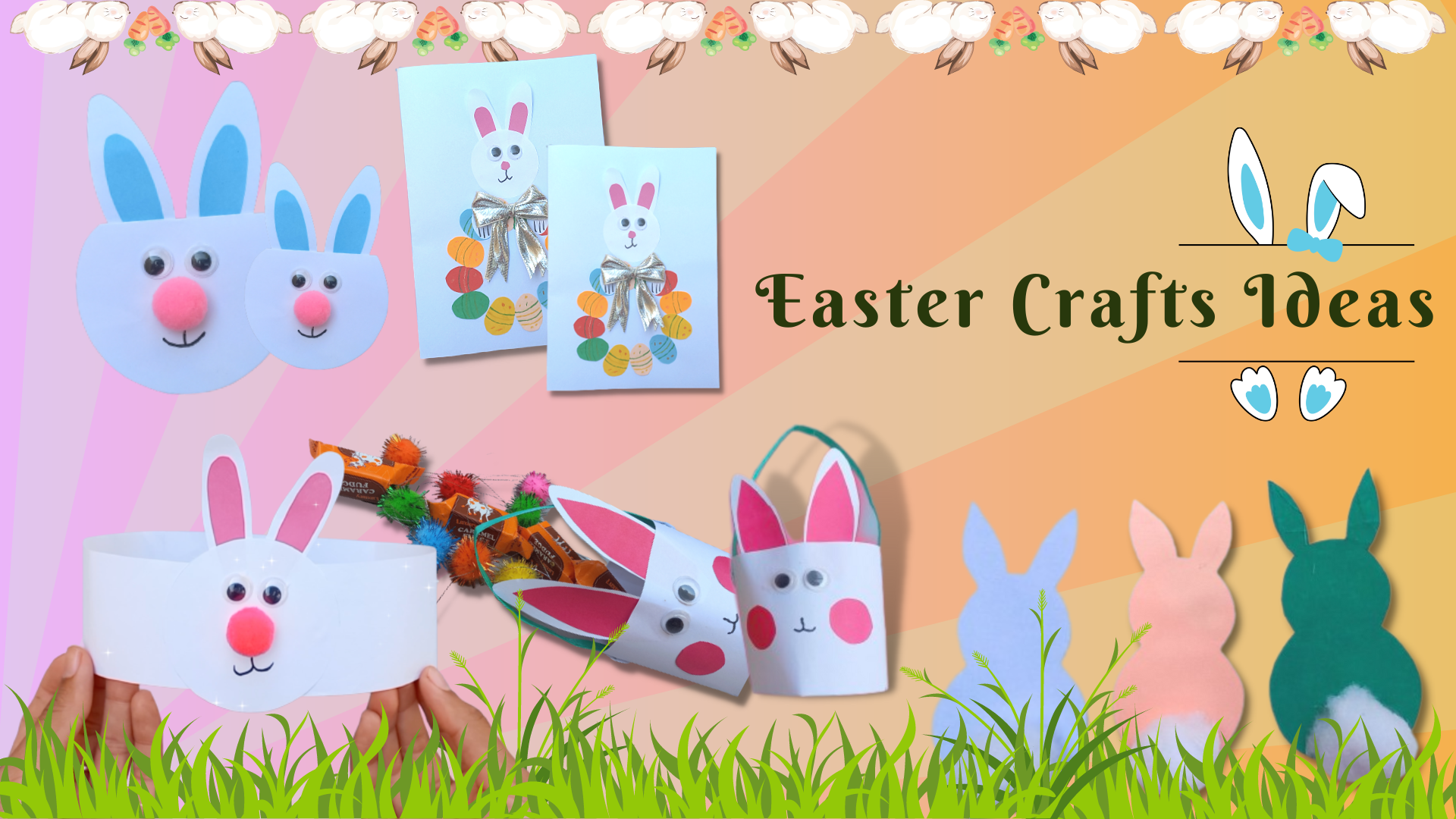

.jpg)





